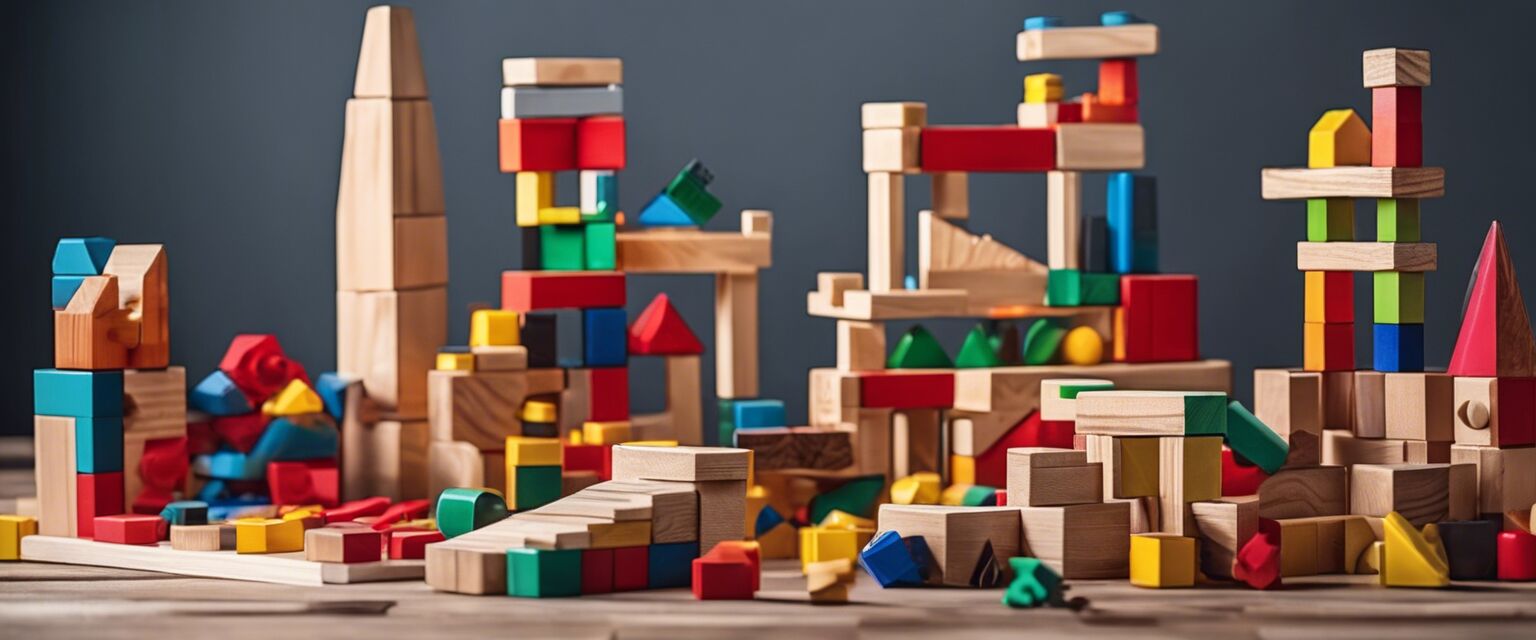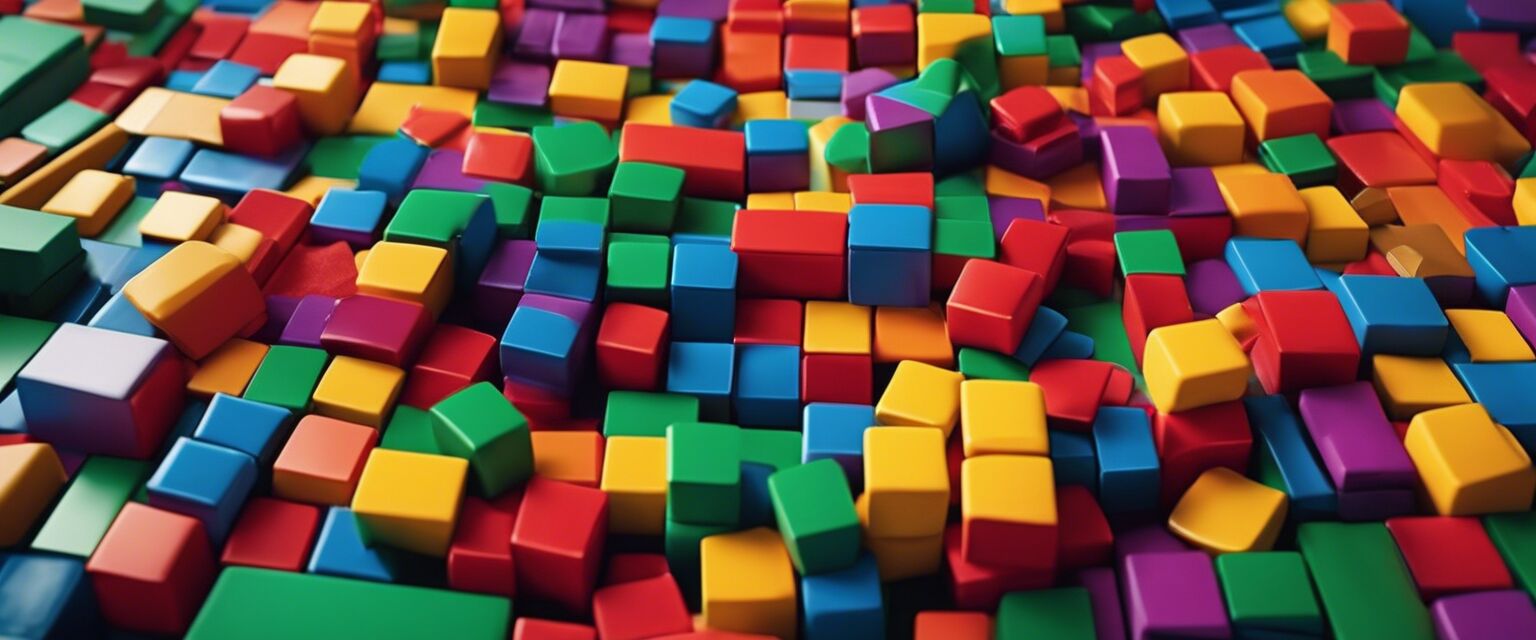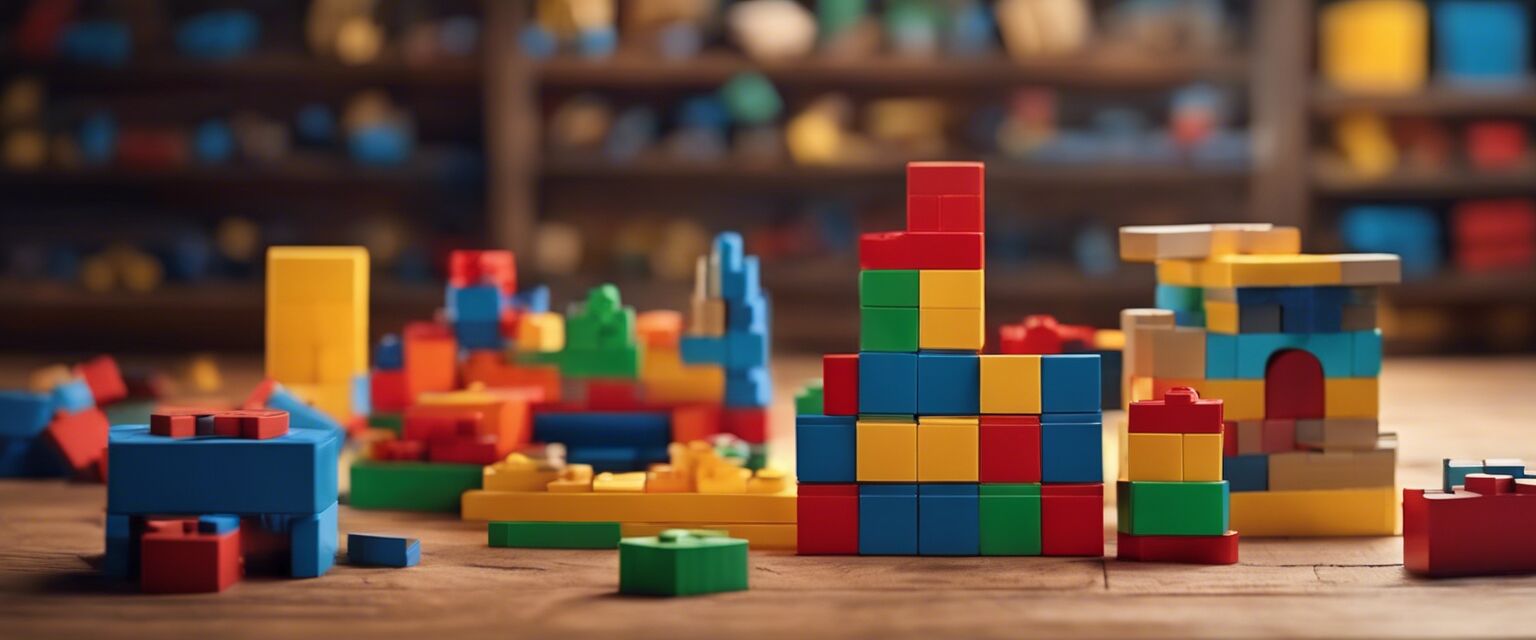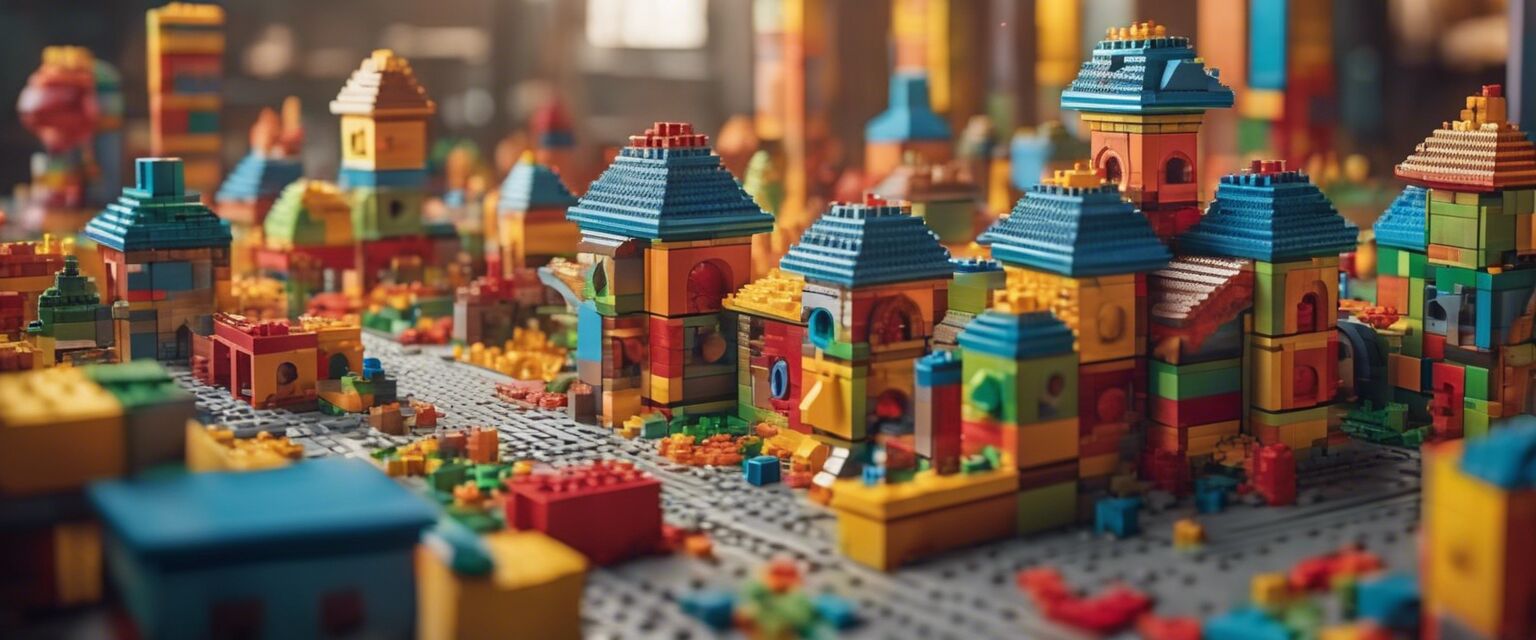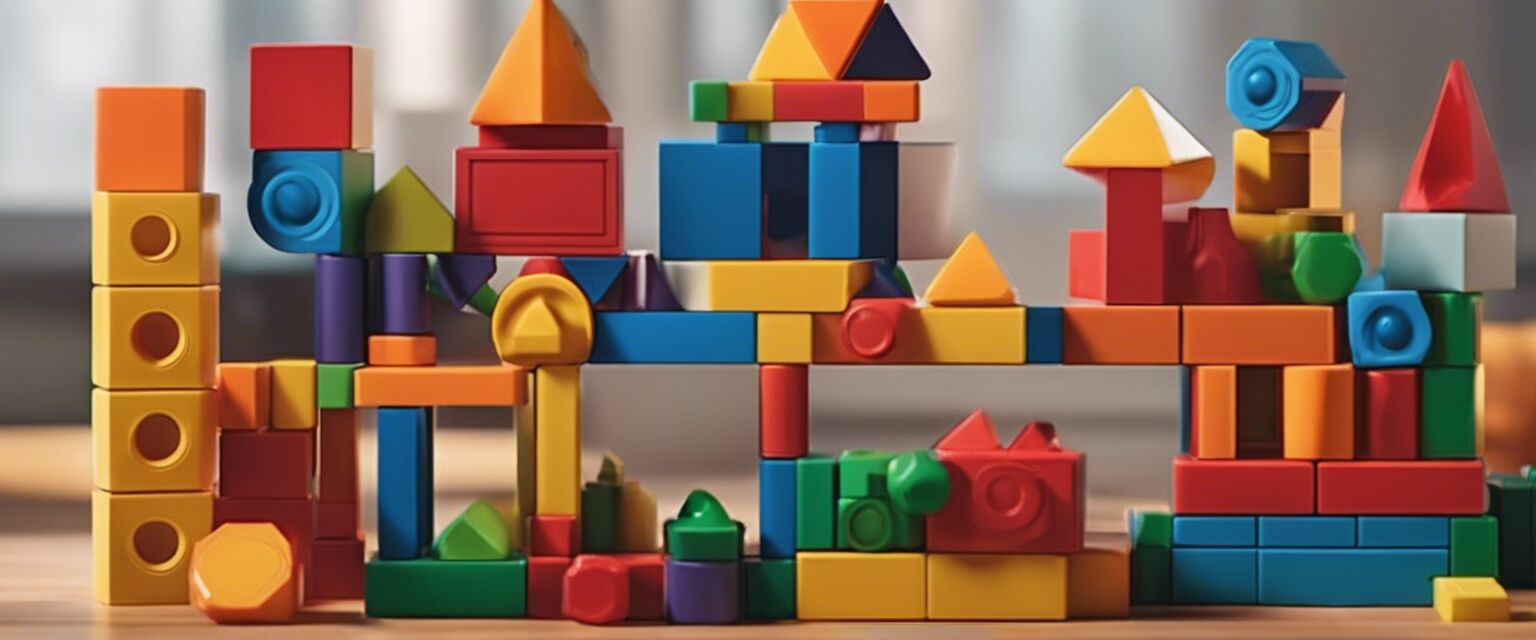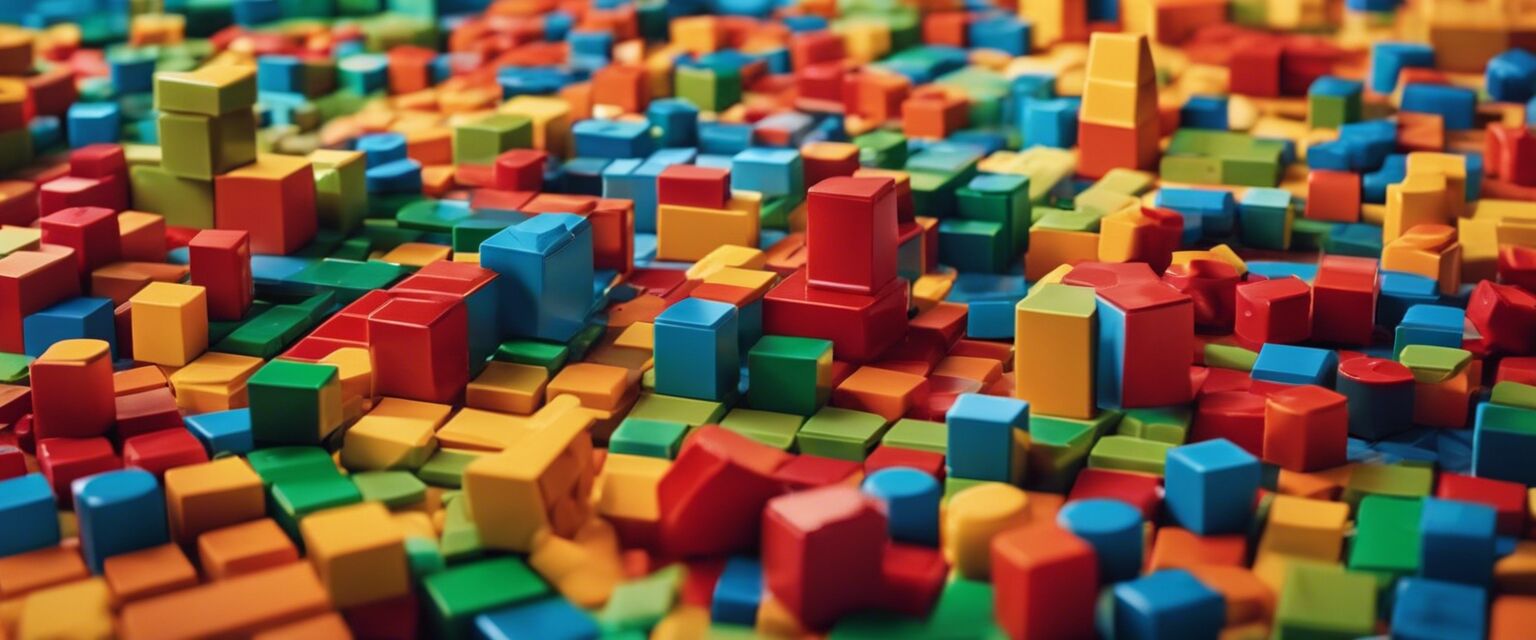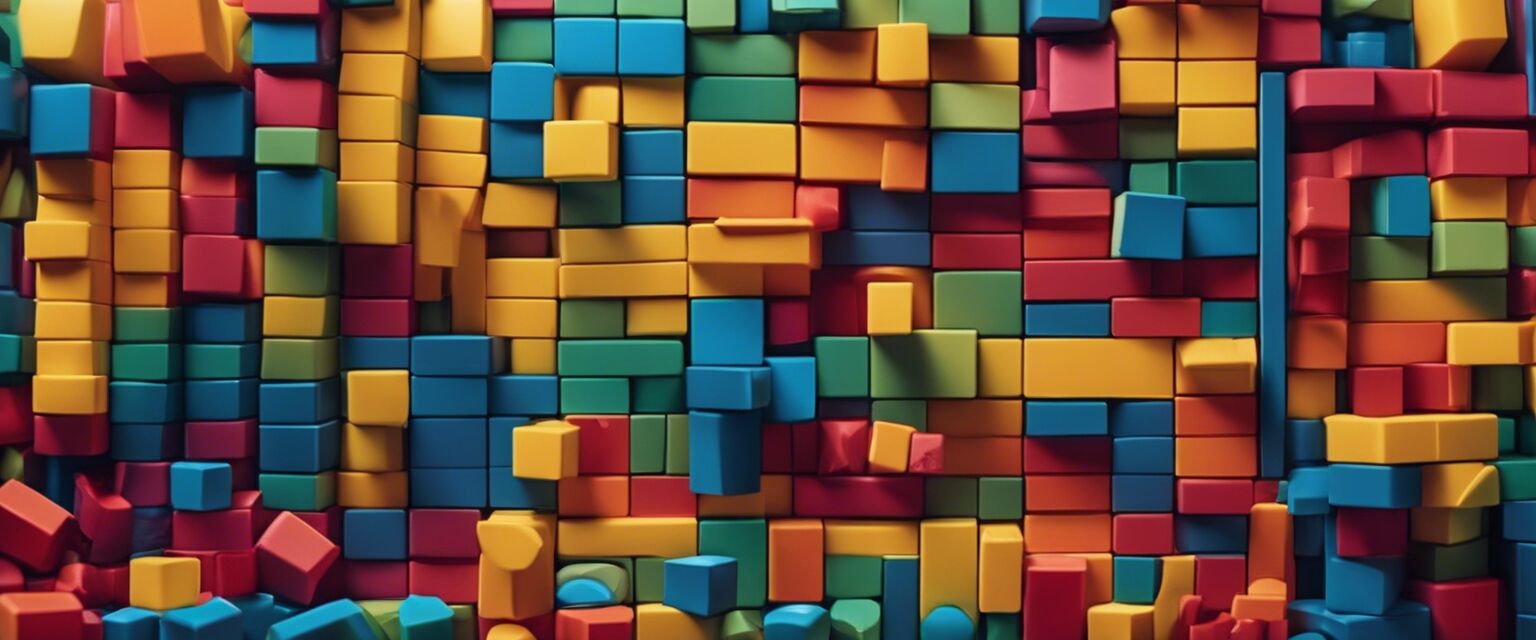
Introduction to Building Block Play
- Building block play enhances creativity and critical thinking.
- There are various types of building blocks suitable for different ages.
- Building with blocks promotes collaboration and social skills.
- It offers educational benefits such as understanding basic engineering principles.
Building block play is more than just a fun activity for children. It stimulates creativity, enhances critical thinking, and provides hours of entertainment. This article will explore the history, benefits, and types of building blocks, giving you a comprehensive understanding of this engaging play option.
History of Building Block Play
Building blocks have a rich history dating back centuries. Originally, these toys were made from wood and designed to encourage imaginative play. Early building blocks were simple shapes that enabled children to construct basic structures.
As technology progressed, building blocks evolved into various forms, including plastic blocks with interlocking mechanisms, magnetic blocks, and themed sets that reflect different cultures and stories. Today, building block play is a popular way for children to develop their cognitive and social skills.
Benefits of Building Block Play
Engaging in building block play comes with a wide range of benefits, including:
- Enhancing Creativity: Building blocks allow children to create whatever they imagine, fostering creativity.
- Improving Fine Motor Skills: Manipulating blocks helps children develop dexterity and coordination.
- Encouraging Problem Solving: As children build, they face challenges that require critical thinking and problem-solving skills.
- Promoting Social Skills: When children play with others, they learn to collaborate, communicate, and share ideas.
- Supporting STEM Learning: Building block play introduces concepts from science, technology, engineering, and math.
Types of Building Blocks
There exists a variety of building block types, each catering to different interests and age groups. Below is a comparison of some popular types:
| Type | Features | Best Age Group |
|---|---|---|
| Classic Wooden Blocks | Natural materials, sturdy, various shapes | 2+ |
| Plastic Building Sets | Interlocking pieces, colorful, lightweight | 3+ |
| Magnetic Building Blocks | Magnetic connections, creative designs | 4+ |
| Themed Block Sets | Specific themes (cities, vehicles, etc.) | 5+ |
| Mechanical Building Kits | Engage in engineering concepts, movable parts | 8+ |
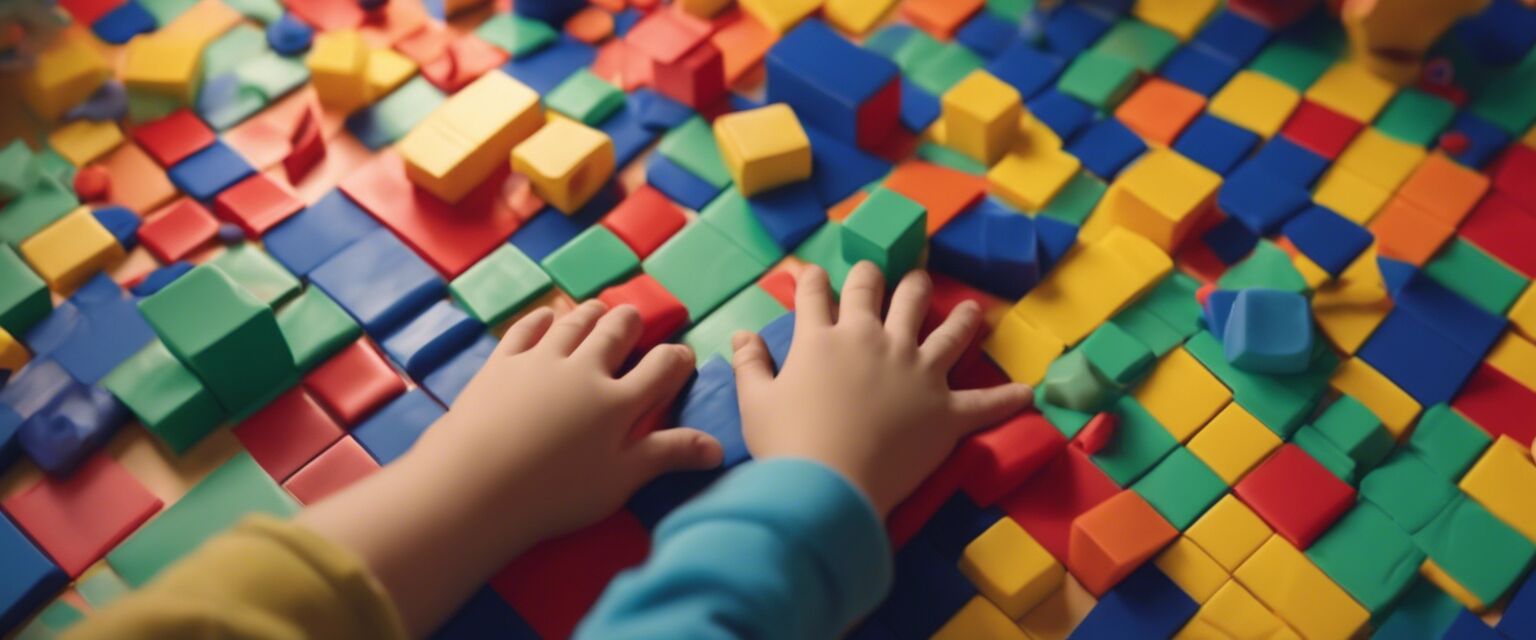
Classic Wooden Blocks
These blocks are timeless and made typically from solid wood. They promote open-ended play and usually come in various shapes. They're ideal for younger children just starting to explore building.
Plastic Building Sets
Interlocking plastic blocks are perfect for more complex structures. They come in many colors and sizes, making them appealing to older children who wish to create intricate designs.
Magnetic Building Blocks
These are specially designed to snap together using magnets. They are excellent for older children who enjoy geometric designs and construction, adding a new dimension to their play.
Themed Block Sets
Themed sets allow children to build specific models based on stories or concepts they love. These are perfect for fostering imagination and narrative skills.
Mechanical Building Kits
For the budding engineers, mechanical building kits offer children an opportunity to learn about moving parts and their functions. They typically include gears, levers, and other components that showcase engineering principles.
How to Integrate Building Block Play into Learning
Integrating building block play into educational settings can significantly benefit children. Here are some effective methods:
- Structured Activities: Incorporate building block play into lesson plans, such as designing simple machines.
- Collaborative Projects: Encourage teamwork through group building challenges, fostering social skills.
- Thematic Learning: Use themed building sets to align with topics of study in history or science.
Choosing the Right Building Blocks
When selecting building blocks for your child, consider these factors:
- Age Appropriateness: Ensure the blocks are suitable for the child's age and developmental stage.
- Material Safety: Check that all materials are non-toxic and safe for play.
- Durability: Choose sets that can withstand years of enthusiastic play.
- Interactivity: Look for blocks that can be used in combination with other sets for expanded play.
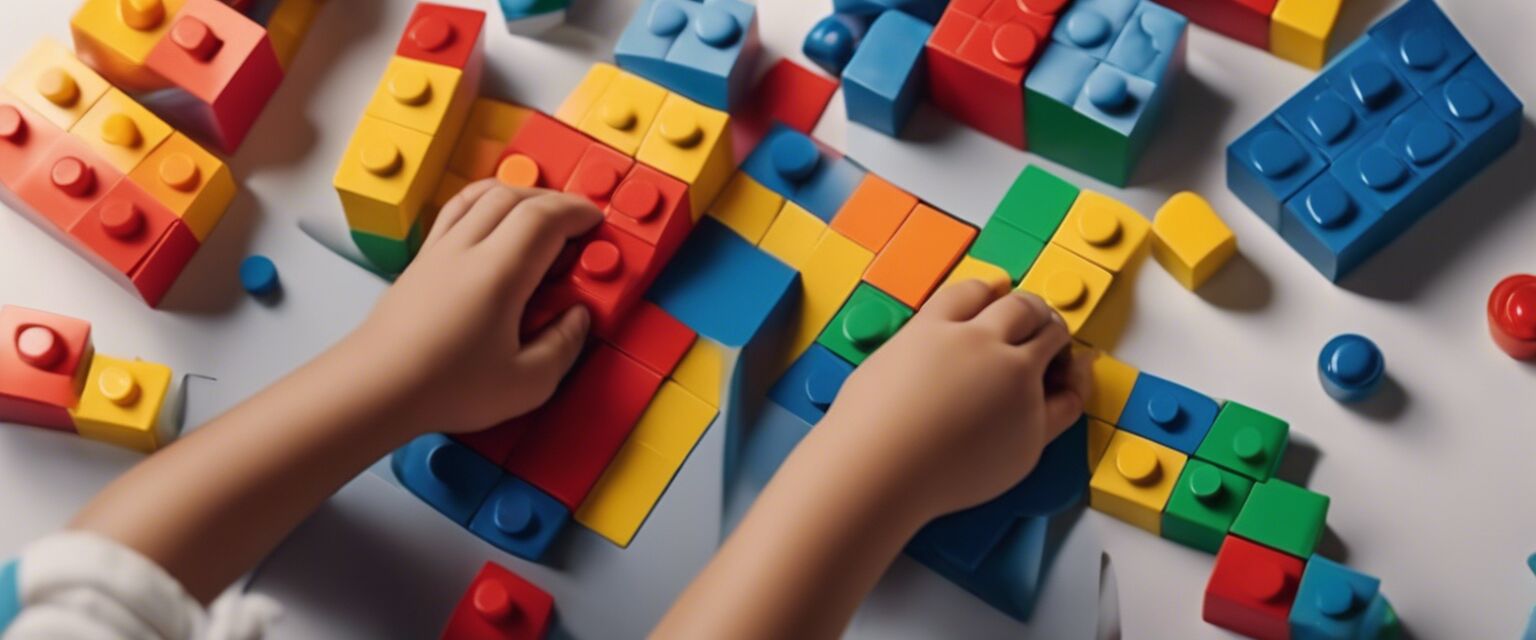
Conclusion
Building block play offers a wealth of benefits, from boosting creativity to supporting educational development. Whether through classic wooden blocks or complex mechanical sets, children can explore their imagination while learning important skills.
To explore more about the various types of building block play, check out our product categories:
- Architectural Model Kits
- Classic Building Sets
- Educational Building Kits
- Fantasy Block Worlds
- Mechanical Building Sets
- Thematic Block Sets
Pros
- Encourages creativity and imaginative play.
- Promotes fine motor skills and hand-eye coordination.
- Builds problem-solving abilities and critical thinking.
- Enhances social skills through cooperative play.
- Introduces basic STEM concepts and engineering principles.
Cons
- Some sets can be expensive.
- Smaller blocks may pose a choking hazard.
- Requires supervision for younger children.

